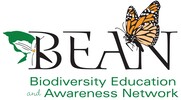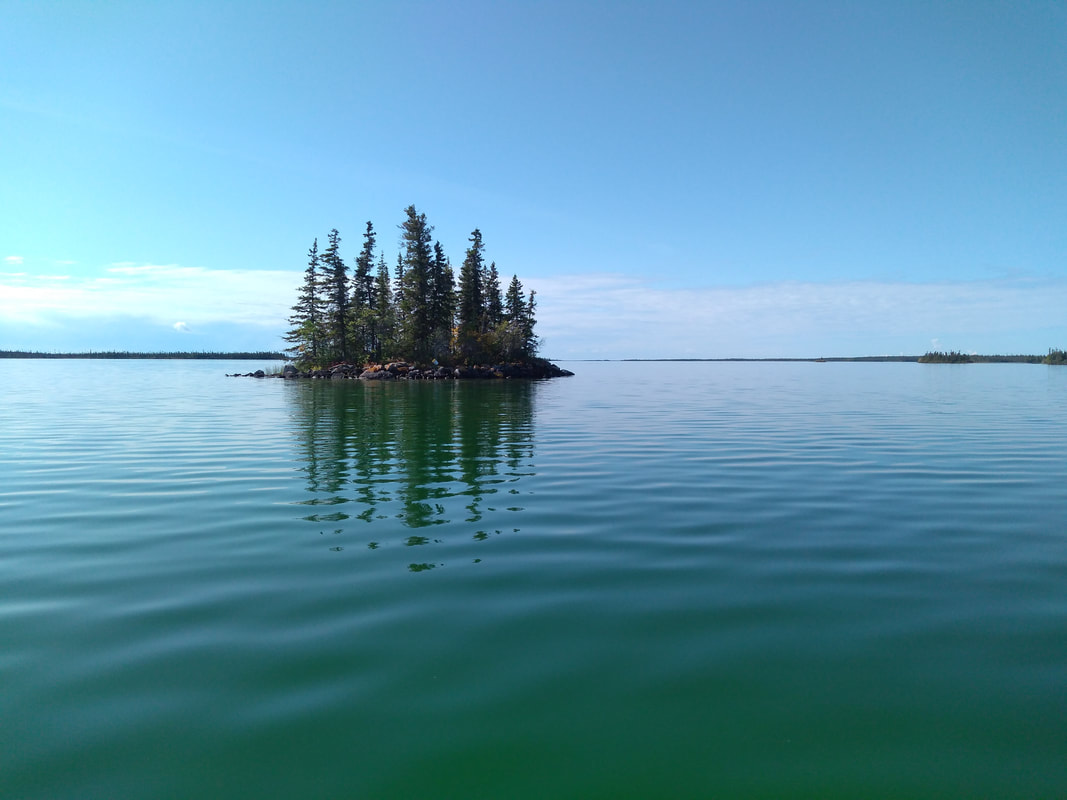|
By: Jessica Hurtubise, Environment Department Manager, North Slave Lake Métis Alliance The Northwest Territories has a lot of water. NWT is home to both Canada’s longest river, the Mackenzie River (1,800 km), and its largest watershed, the Mackenzie River Basin. This watershed spans 3 provinces and 3 territories, covering a whopping 1.8 million km2. That’s almost as big as Mexico! The WWF estimates up to 11% of all freshwater input, an important contributor to ocean water circulation, to the Arctic Ocean comes from this watershed through the mighty Mackenzie River. Water plays a vital role in the NWT, supporting communities since time immemorial for on the land travel; but water also ties into sources for public water supply, use in agriculture, oil and gas, mining, fishing, forestry, and hydroelectric power, to name a few. As such a significant resource, it’s important that the NWT monitor the waters of the Mackenzie River Basin, especially in the face of climate change. The Arctic is at risk to some of the biggest impacts from climate change, so monitoring things like changes in temperature (air and water), water quality, precipitation, and any fluctuations to the ecosystems is crucial.
This is why the NWT-wide Community Based Water Quality Monitoring Program (CBM), established in the early 2010s by the Department of Natural Resources (ENR) of the Government of the Northwest Territories, is so important. The CBM aims to support communities across the territory in developing and implementing aquatic monitoring and research programs. This fosters increased awareness of water stewardship issues, bridges science and traditional knowledge systems, and ensures direct community involvement. 21 communities now contribute to the CBM, monitoring over 40 sites on 24 NWT lakes and rivers. The project monitors dozens of parameters, including: temperature, pH, chlorophyll, hydrocarbons, heavy metals, total dissolved solids, dissolved oxygen, and nutrient levels. All this useful data is then housed in the publicly accessible website: the Mackenzie DataStream. The DataStream was developed by the Gordon Foundation, a charitable organization dedicated to protecting Canada’s water and empowering Canada’s North. ENR and DataStream collaborate to post the water quality data, ensuring communities have available information for decision making, from a source that they know and to which they contributed. DataStream is an incredibly interactive website, and anyone can easily download data of interest. As a contributor to the CBM, NSMA has gained important connections and training opportunities for both Métis members and staff on water sampling, on-the-land activities, and collaboration with ENR. Youth and elders alike continue to participate each summer, contributing their knowledge to water stewardship. We already see projects like NWT’s CBM cropping up in other areas of study such as caribou conservation, wildlife population monitoring, and air quality monitoring. We hope to see more programs like the CBM, not just in the North but in other areas of Canada, so that indigenous stewardship continues growing in the environmental sector for holistic conservation and management.
0 Comments
Leave a Reply. |
AuthorWrite something about yourself. No need to be fancy, just an overview. Archives
July 2024
Categories |





 RSS Feed
RSS Feed
